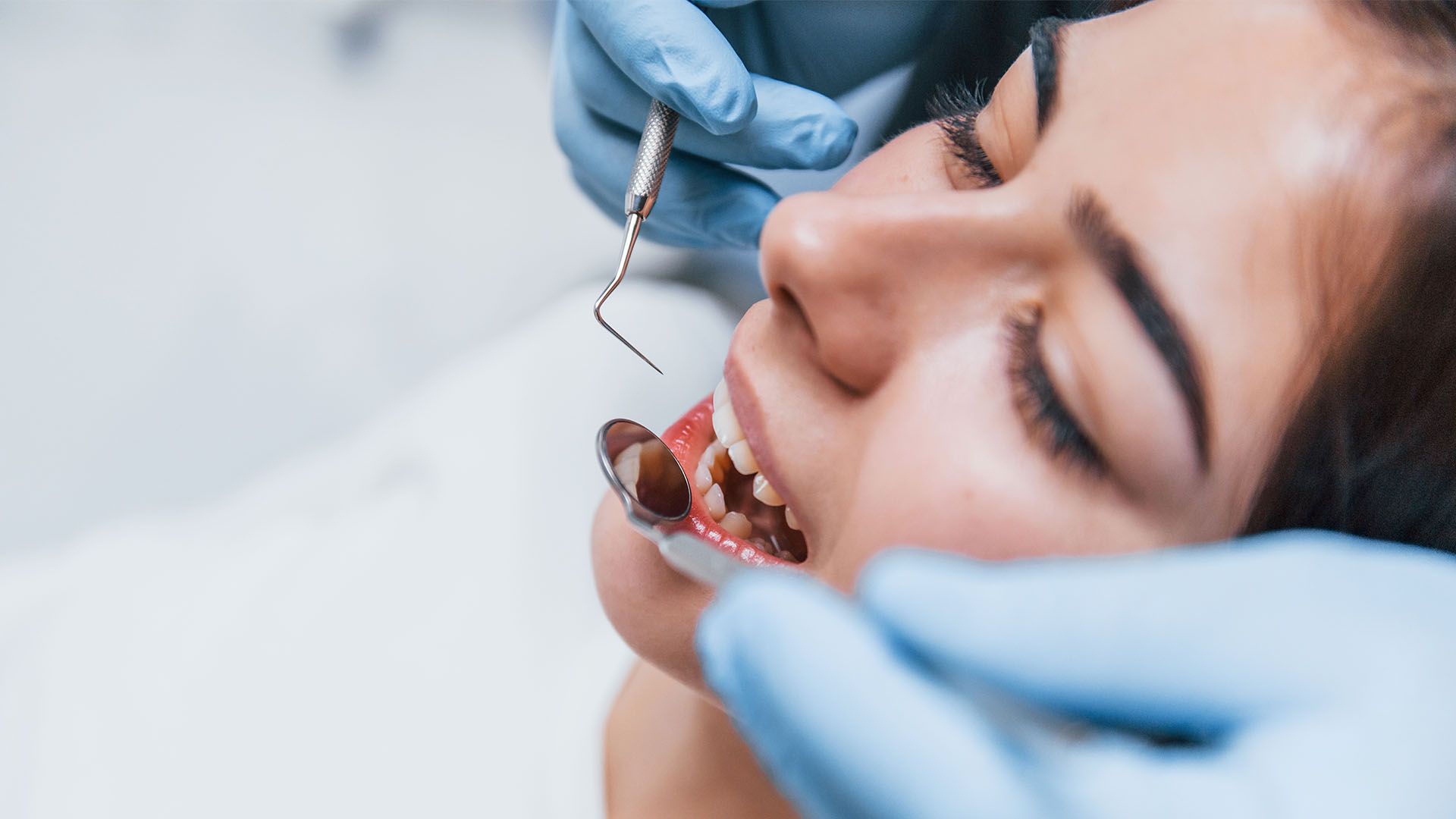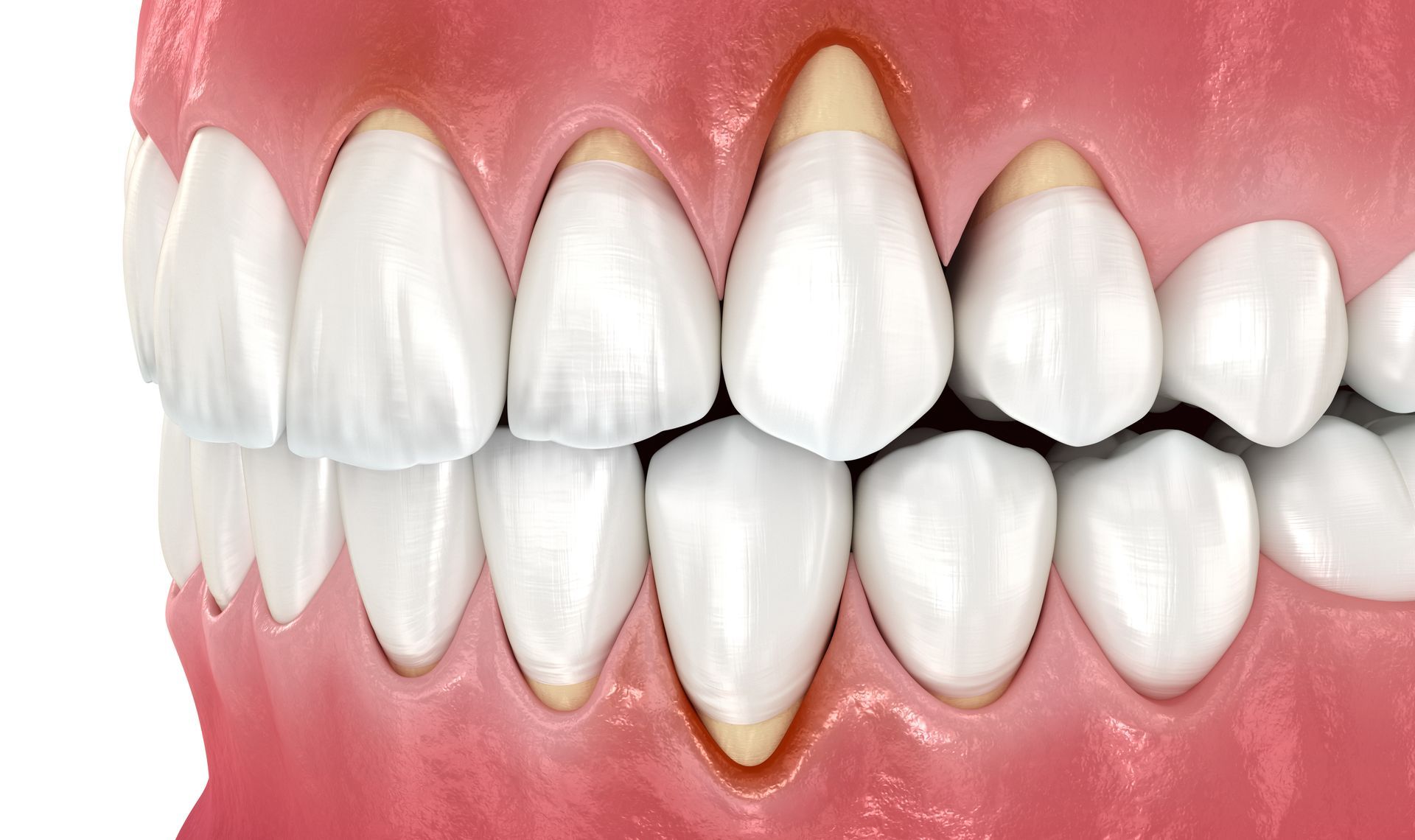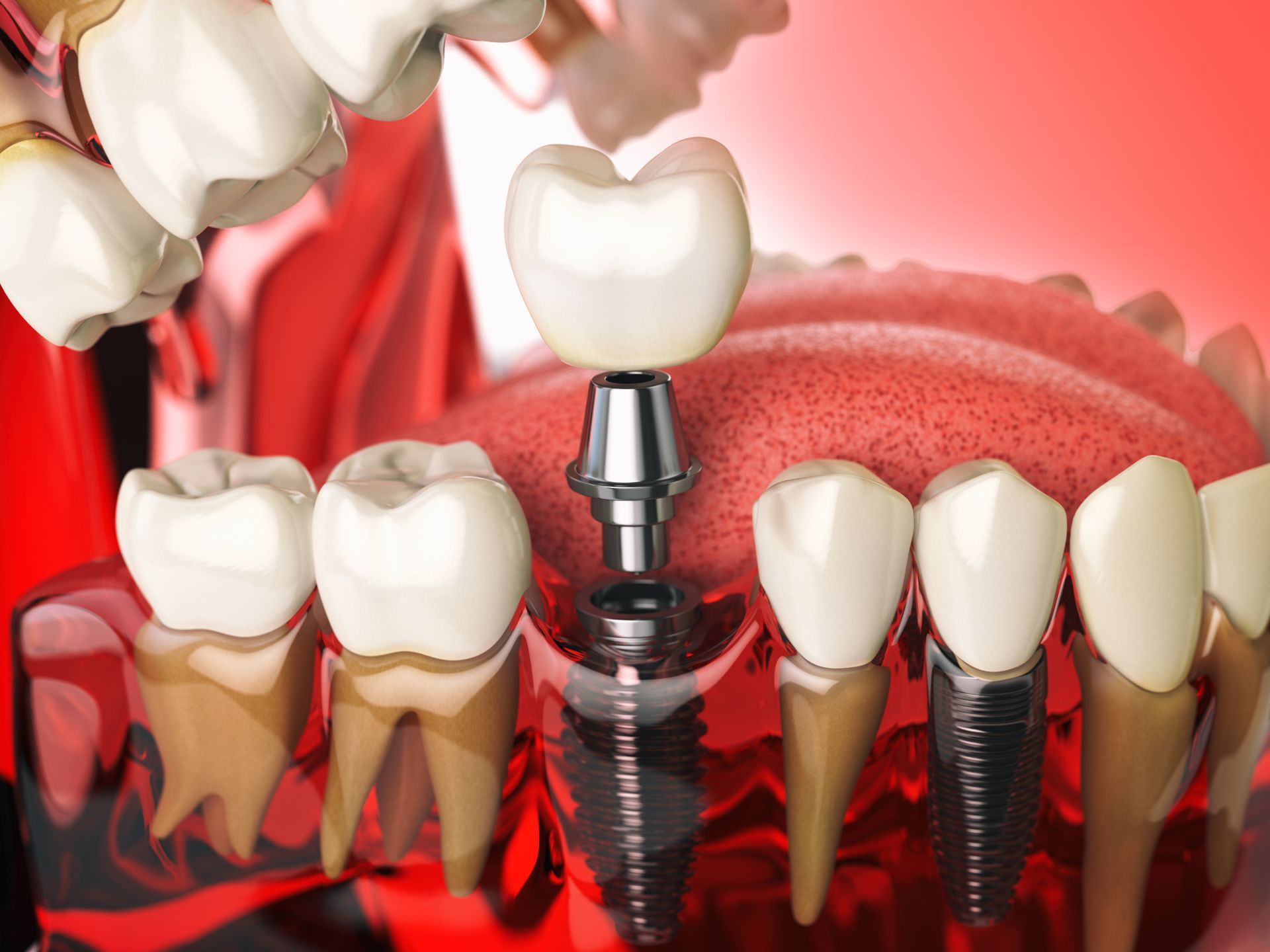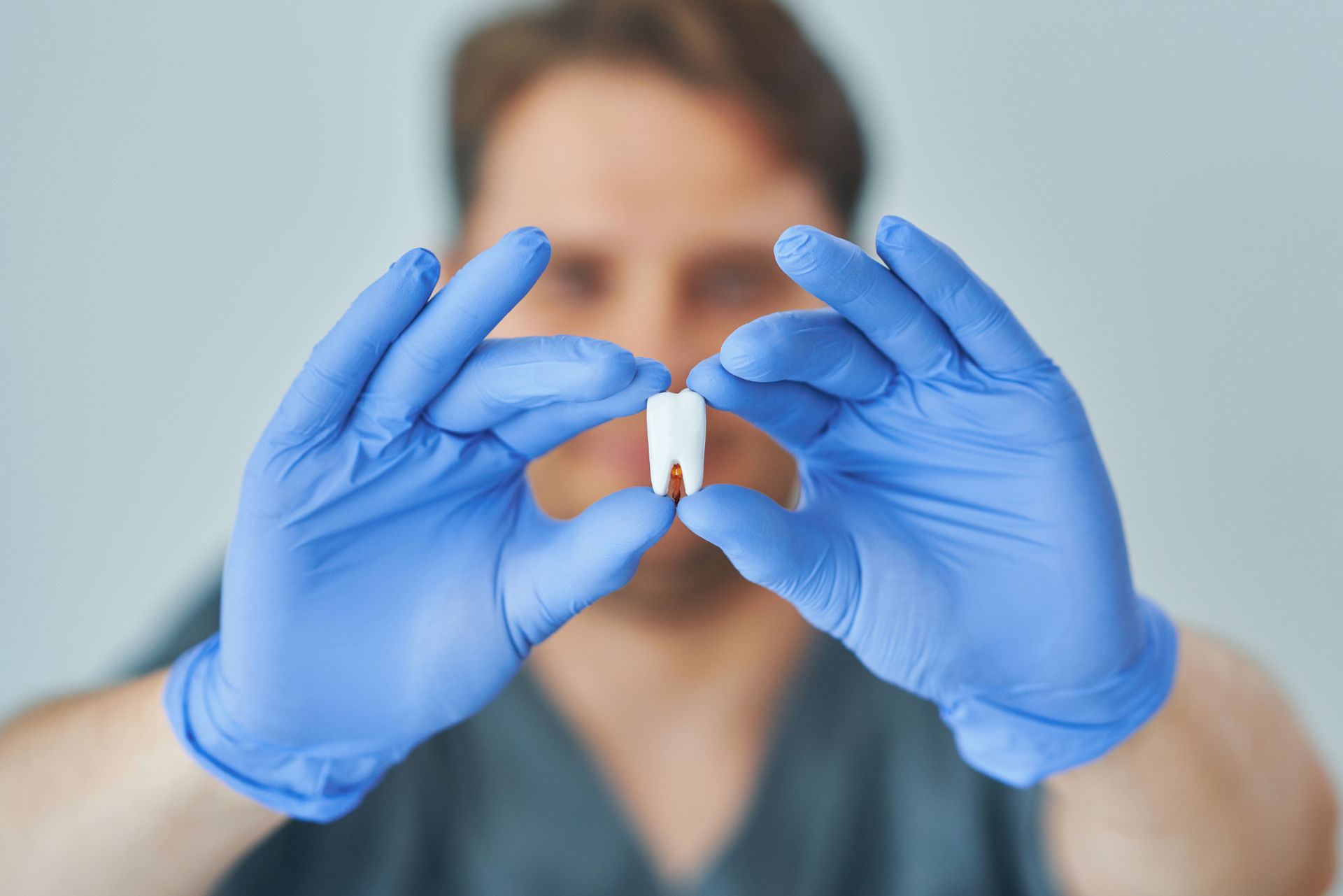How an Implant Is Inserted (From Consultation to Crown)
At Innate Dental Solutions, we’ve been providing trusted dental care for over 15 years. With thousands of successful implant placements under our belt, we know how to make the process smooth, safe, and comfortable. In this guide, we’ll walk you through how an implant is inserted, whether it’s a dental implant or a contraceptive implant, so you know exactly what to expect at every step.
Our goal is to give you clear, expert-backed information—no sales talk, just facts from professionals who do this every day.
What Does “Implant” Mean in Healthcare?
The word "implant" can mean different things in healthcare. In this article, we’re focusing on two common types:
- Dental implants – titanium posts placed in your jaw to hold replacement teeth.
- Contraceptive implants – small rods placed under the skin of the upper arm to prevent pregnancy.
Both involve minor procedures and offer long-term results, but the steps involved are quite different.

Who Is a Good Candidate?
Dental Implant Candidates
You're likely a good candidate if you:
- Are missing one or more teeth
- Have healthy gums
- Have enough
jawboneor are willing to get a
bone graft
Contraceptive Implant Candidates
You may be eligible if you:
- Want long-term birth control
- Aren’t pregnant
- Don’t have certain health conditions like liver disease or blood clots
Benefits & Considerations
Dental Implants
- Lasts decades with proper care
- Looks and feels like a natural tooth
- Requires surgery and healing time
Contraceptive Implants
- Over 99% effective
- Lasts
up to 3 years
- Quick procedure, but may affect your cycle
Preparing for Your Appointment
Before a Dental Implant:
- Get a full oral exam with X-rays or CT scan
- Share medical history (especially any medications or smoking)
- Arrange for a ride if sedation is used
- Eat a light meal unless told otherwise
Before a Contraceptive Implant:
- Take a pregnancy test
- Best to insert during the
first 5 days of your period
- May need to use
backup contraception for 7 days
- Wear short sleeves and avoid lotions on your arm
How the Procedure Works: Step-by-Step
Contraceptive Implant (Upper Arm)
- Your arm is cleaned and numbed with local anesthesia
- A
small incision is made using sterile tools
- The implant is inserted just under the skin using an
applicator device
- Your provider will
feel (palpate) to confirm it’s in place
- A pressure bandage and dressing are applied
Dental Implant (Jaw)
- Your mouth is numbed with local anesthesia
- A small cut is made in your gum to expose the bone
- A
pilot hole is drilled into the jawbone (called an osteotomy)
- A
titanium implant post is placed
- A
healing abutment or
cover screw is attached
- The area is stitched and checked for comfort
Comfort, Safety & Duration
What You’ll Feel
- Both procedures usually involve minimal discomfort thanks to local anesthesia
- You may feel pressure, but not sharp pain
- Dental implant surgery may take 1–2 hours
- Contraceptive implant insertion usually takes under 10 minutes
Safety Measures
- Sterile tools and aseptic technique are used
- You may be prescribed
antibiotics for dental implants to reduce infection risk
- Sedation is available for dental implants if you're anxious
Aftercare & Recovery
Contraceptive Implant
- Keep the bandage on for 24–48 hours
- Avoid heavy lifting with the arm for a few days
- Mild bruising or swelling is normal
- Implant starts working immediately if placed during first 5 days of period
Dental Implant
- Minor bleeding and swelling are expected for 24–48 hours
- Use cold compresses and
soft foods
- Avoid brushing the surgical site at first
- Rinse with salt water or prescribed mouthwash
- Stitches may dissolve or need to be removed later
Risks & When to Seek Help
Normal Symptoms
- Mild pain, swelling, or bruising
- Spotting (contraceptive) or gum tenderness (dental)
Warning Signs
- Fever, increasing pain, or pus
- Numbness (dental)
- Implant can’t be felt (contraceptive)
Call your provider if anything feels off or you notice signs of infection.
Follow-Up & Long-Term Care
Contraceptive Implant
- You should be able to feel it under the skin
- May cause changes in your menstrual cycle
- Replace every
3 years
- Removal is simple and done under local anesthesia
Dental Implant
- Healing (osseointegration) takes about 3–6 months
- Then, your dentist adds the
abutment and crown
- Maintain good oral hygiene and get regular cleanings
Results & Timeline Expectations
- Contraceptive: Works immediately if placed at the right time in your cycle
- Dental: Full smile restoration may take a few months, but lasts decades
Checklist Before Your Appointment
- List of medications and allergies
- Arrange a ride (if sedation used)
- Time off work or school if needed
- Supplies: pain relief meds, soft foods, or bandages
Ready to Take the Next Step?
Whether you're considering birth control or replacing missing teeth, implants offer long-term, effective solutions.
Book a consultation with Innate Dental Solutions—we’ll walk you through the process and answer all your questions so you feel confident in your next steps.











